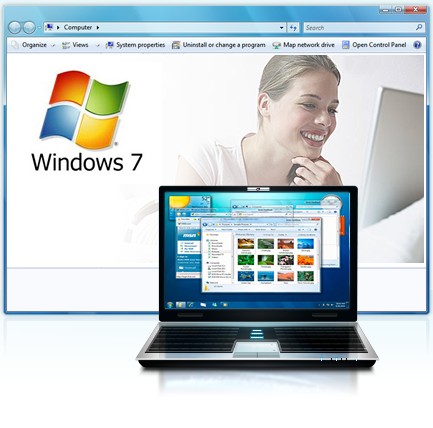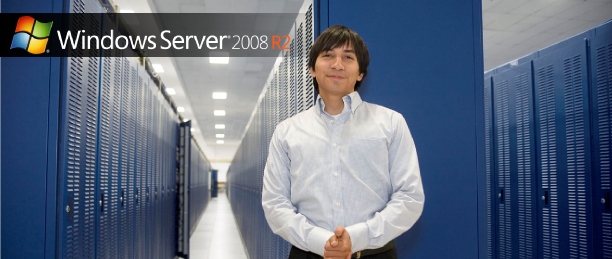Preparing for and Taking an Exam – FAQ Exam Policies
Fully prepare for and understand the exam process. On this page, you can find
answers to frequently asked questions about exam registration, preparation,
scoring, testing technologies, question types, formats, policies, and security.
Q. Why can’t I find out exactly which items I missed?
A. To help protect exam security and the value of Microsoft Certification, we
cannot share information about which items you missed. This is a standard
practice in the certification industry. The bars on the score report show your
certification industry. The bars on the score report show your
relative performance in the various subject areas covered by the exam.
* Learn about interpreting your score report
Q. What is the exam-retake policy?
A. Our exam-retake policy helps to ensure that candidates take the necessary
time to prepare for their exam, and to prevent unauthorized use and/or piracy of
the exams or any of their content.
* View the Microsoft exam retake policy
Q. Can I request a re-evaluation of my score?
A. No. Exams cannot be rescored. If you have a concern about the technical
accuracy of a particular item, please submit an Item Challenge form.
* Obtain an Item Challenge form
If you experienced technical difficulties during the exam, please contact
Prometric customer service.
* Find Prometric contact information (Prometric.com)
To offer other types of feedback, please contact your regional service center or
the Microsoft Certified Professional (MCP) Program Help Center.
* Find a Microsoft regional service center
* Send an e-mail message to the MCP Program Help Center

mcip training –
mcitp certification –
mcitp exams
Q. Why am I required to accept a non-disclosure agreement (NDA) before I take an
exam?
A. The Microsoft Certified Professional (MCP) program requires certification
candidates to accept the terms of an NDA before taking certification exams. The
NDA legally requires certification candidates to keep information related to MCP
exam content confidential. Requiring the acceptance of the NDA helps protect the
security of Microsoft Certification exams and the integrity of the MCP program
by legally discouraging piracy and/or unauthorized use of exam content.
Q. How does periodic replacement of exam content help increase the security of
the exams?
A. Periodic replacement of exam content helps ensure that the most up-to-date
information is included in the exams and allows for technical updates to exams.
Q. How do Performance-based testing items help increase exam security?
A. Performance-based testing requires candidates to perform tasks rather than
simply answer questions. This discourages candidates from memorizing questions.
Q. What is cheating?
A. Cheating is any activity that negatively affects the integrity and/or
security of the Microsoft Certification program or enables an unqualified
candidate to pass an exam.
Q. What happens if someone is caught cheating on a Microsoft exam?
A. As explained to all exam candidates at the testing centers, if a candidate
violates testing rules, the candidate is permanently ineligible for any
Microsoft Certification and may lose any Microsoft Certifications the individual
already holds. Proctors at testing centers are authorized to respond immediately
and appropriately against candidates who are caught violating testing rules.
Examples of violations include, but are not limited to, using notes brought into
the testing center (whether on crib sheets or electronically), copying test
questions, bringing any electronic equipment (such as cell phones) into the
testing room, and looking at the monitors of other test takers.
Q. What are braindumps, and are they legal?
A. A "braindump," as it relates to the certification exams, is the practice of
copying and sharing actual certification exam questions—or questions that are
very similar to the actual questions. Braindump providers, including Web sites
and printed study materials, are in violation of Microsoft intellectual property
rights and non-disclosure agreements.
Q. Why should I be concerned about braindump sites and material?
A. Braindump users may have memorized enough information to pass an exam, but
they do not have the requisite knowledge to manage Microsoft software or systems
effectively. Hiring managers find this out eventually. There is no substitute
for hands-on experience. Please inform Microsoft if you think you have
discovered a braindump site.
* Send an e-mail message to tctips@microsoft.com
Q. What is proxy testing?
A. Proxy testing occurs when someone takes an exam for another candidate.
Q. How can I identify a proxy testing Web site or organization?
A. The primary warning sign of a proxy testing Web site or organization is any
guarantee that you will pass the test without having to take it. Proxy testing
sites indicate that they will provide a full credential if you send them your
credit card information.
Q. Why should I avoid proxy testing?
A. Corrective action—up to and including removal from the Microsoft Certified
Professional (MCP) program and prohibiting the taking of any Microsoft
Certification exams—will be taken against any candidate who obtains
certification through proxy testing, even if the candidate did not intend to
defraud the MCP program. Furthermore, giving your identification and credit card
information to an unknown entity on the Internet could put you at risk of credit
card fraud or identity theft. If you believe a Web site or company provides
proxy test-taking services, please inform Microsoft immediately.
* Send an e-mail message to tctips@microsoft.com

Q. What are falsified score reports?
A. Falsified score reports are reports that Microsoft deems to be unauthentic or
that deceive or defraud the Microsoft Certified Professional program in any way.
Q. What happens if I falsify a score report?
A. If Microsoft determines that a candidate has falsified a score report, the
candidate will be ineligible to take any future Microsoft exams and their MCP
credentials may be revoked.
Q. What kind of security should be at a testing center?
A. The testing centers are provided with security policies that must be enforced
in order to acquire and maintain testing center status. Ongoing inspections
ensure that each testing center is maintaining the security outlined by
Microsoft and Prometric. In addition, proctors at testing centers are authorized
to immediately take appropriate measures against candidates who violate testing
rules. For specific information about the expectations for candidates, please
contact Prometric. If you have a concern about the security of your exam
experience, please contact tctips@microsoft.com or Prometric.
* Send an e-mail message to tctips@microsoft.com
* Contact Prometric (Prometric.com)
Q. What kinds of impropriety can occur on the part of the testing center?
A. Test center administrators act inappropriately when they fail to follow
through on any of the Microsoft and Prometric security policies. Examples could
include, but are not limited to, overlooking inappropriate candidate
identification; failing to ask for an ID from each candidate; failing to conduct
periodic walkthroughs; failing to keep partitions between testing stations;
overlooking the presence of crib sheets or electronic devices; providing answers
or aid in any form with regard to any exam item; and allowing the release of
Microsoft intellectual property in any form.
Q. What happens to a testing center that participates in fraudulent behavior?
A. If Microsoft determines that a testing center has acted improperly or
fraudulently, Microsoft has the right to cease delivery of all exams at that
center.
Q. Whom should I contact if I find a Web site that discloses Microsoft
Certification exam information, or if I discover an individual who cheats on or
sells exam questions and answers?
A. Send an e-mail message to tctips@microsoft.com, and include as much
information as possible about the situation and the persons involved. Although
we appreciate anonymous tips, we often need more information to conduct a
thorough investigation; if you are willing, please include your full contact
information so that someone from Microsoft can contact you to discuss the
details, if necessary. Microsoft has dedicated staff that investigates these
tips. Because of tips from individuals like you, several Web sites have been
terminated. Due to the volume of e-mail we receive, you may not always receive a
personal response.

CCNA Training –
CCIE Exams –
MCTS Training –
MCTS Exams








